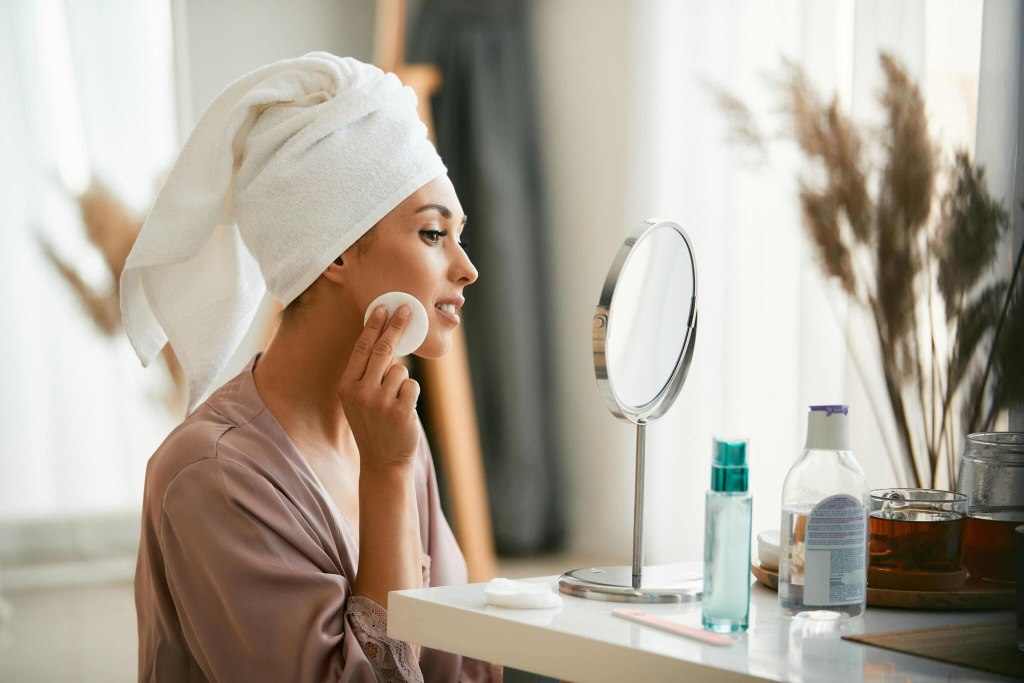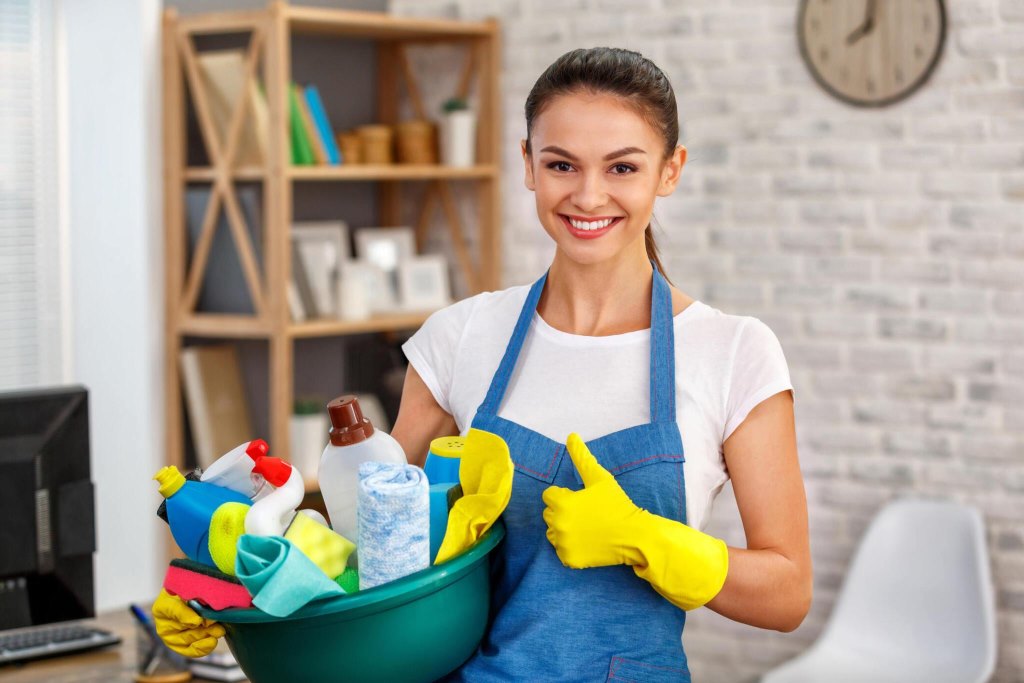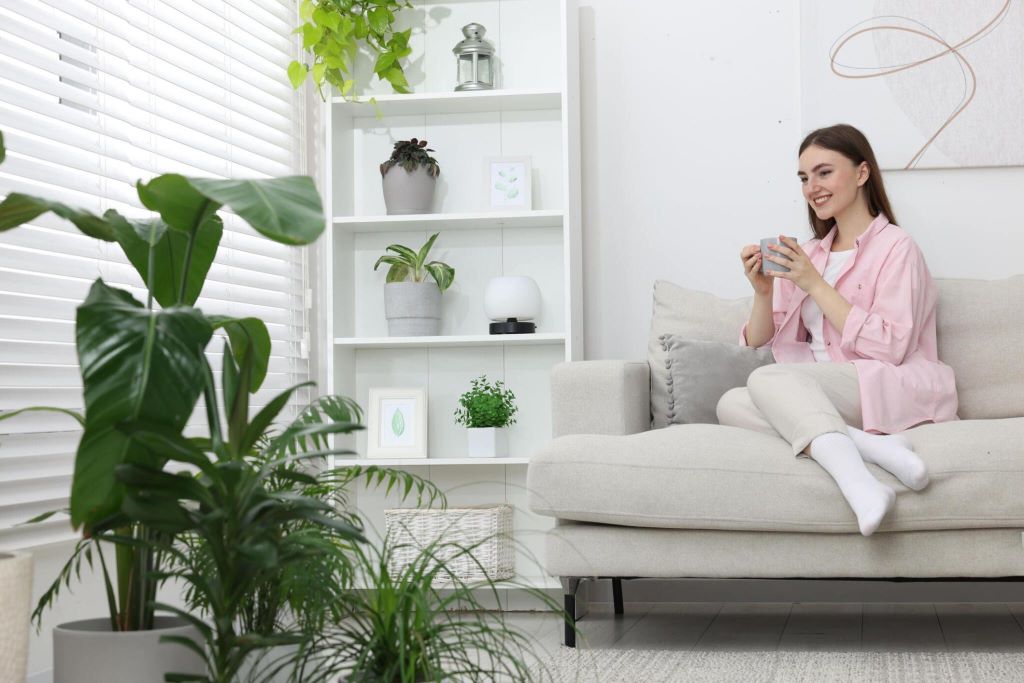Maintaining radiant and healthy skin goes beyond skincare routines; it also involves creating a clean and hygienic living space. Your home environment plays a significant role in the health and appearance of your skin, as exposure to dust, allergens, and pollutants can contribute to skin issues such as acne, irritation, and premature aging.
In this comprehensive guide, we’ll explore effective home cleaning strategies to purify your living space and promote radiant skin.
I. Understanding the Impact of Home Environment on Skin Health
Understanding the impact of the home environment on skin health is crucial. Factors like air quality, humidity levels, and cleanliness can affect skin condition.
By recognizing these influences, individuals can create a healthier living space conducive to maintaining clear, radiant skin. If you are looking for the best house cleaning services then you may contact Breezy Home Services.
The Importance of Clean Air
- Indoor air quality can affect skin health, with pollutants and allergens potentially triggering skin conditions such as eczema and acne.
- Dust, pet dander, and mold spores in the air can clog pores and lead to breakouts and skin irritation.

Hygiene and Skin Hydration
- Cleanliness and hygiene practices within the home environment are crucial for preventing bacterial growth and maintaining skin hydration.
- Regular cleaning routines help remove dirt, oil, and sweat from surfaces, reducing the risk of skin infections and dryness.
2. Effective Cleaning Strategies for Radiant Skin
Effective cleaning strategies are essential for maintaining radiant skin. By removing dirt, oil, and impurities from the skin’s surface, proper cleansing promotes clarity and prevents breakouts. Incorporating gentle cleansers and exfoliants into your skincare routine ensures a healthy complexion, enhancing your natural radiance.
Dusting and Vacuuming
- Regular dusting and vacuuming help remove dust mites, pollen, and other allergens from surfaces and carpets.
- Use a microfiber cloth or vacuum cleaner with a HEPA filter to capture fine particles and prevent them from circulating in the air.
Air Purification
- Invest in air purifiers with HEPA filters to remove airborne pollutants and allergens from indoor air.
- Place air purifiers in commonly used areas such as bedrooms and living rooms to create a clean and healthy breathing environment.
Washing Bedding and Linens
- Wash bedding, pillowcases, and towels regularly in hot water to remove sweat, oils, and dead skin cells that can accumulate and harbor bacteria.
- Use fragrance-free laundry detergents to avoid skin irritation and allergic reactions.

3. Maintaining Clean Surfaces and Personal Items
Maintaining clean surfaces and personal items is vital for overall hygiene and well-being. Regular cleaning and disinfecting of surfaces like countertops, phones, and keyboards help prevent the spread of germs, reducing the risk of illness and promoting a healthier living environment for everyone.
Cleaning High-Touch Surfaces
- Disinfect frequently touched surfaces such as doorknobs, light switches, and countertops to prevent the spread of germs and bacteria.
- Use disinfectant wipes or sprays containing alcohol or bleach to effectively kill bacteria and viruses.
Skincare Tools and Accessories
- Cleanse makeup brushes, sponges, and skincare tools regularly to remove product buildup and bacteria.
- Use gentle cleansers or brush cleaners to wash tools and allow them to air dry thoroughly before use.
4. Minimizing Environmental Triggers for Skin Sensitivity
Minimizing environmental triggers is essential for managing skin sensitivity. Factors like harsh chemicals, allergens, and pollutants can exacerbate skin conditions. By identifying and reducing exposure to these triggers, individuals can alleviate discomfort and maintain a healthier, more balanced complexion.
Avoiding Harsh Chemicals
- Choose fragrance-free and natural cleaning products to minimize exposure to irritants and allergens.
- Look for products labeled as non-comedogenic to prevent pore clogging and acne breakouts.
Maintaining Humidity Levels
- Use humidifiers in dry indoor environments to maintain optimal humidity levels and prevent skin dryness.
- Keep humidity levels between forty to sixty percent to support skin hydration and barrier function.
5. Incorporating Natural Cleaning Alternatives
Incorporating natural cleaning alternatives offers numerous benefits for both your health and the environment. By opting for non-toxic ingredients like vinegar, baking soda, and essential oils, you can effectively clean your home while minimizing exposure to harmful chemicals, promoting a safer and healthier living environment for your family.
Essential Oils for Aromatherapy and Cleaning
- Incorporate essential oils such as tea tree oil, lavender, and eucalyptus into your cleaning routine for their antimicrobial and aromatic properties.
- Dilute essential oils with water or carrier oils to create natural cleaning sprays or add them to homemade cleaners for a fresh and invigorating scent.
Homemade Cleaning Solutions
- Create homemade cleaning solutions using natural ingredients such as vinegar, baking soda, and lemon juice.
- These eco-friendly alternatives are gentle on the skin and effective for removing stains, grease, and grime.

Conclusion
Maintaining a clean and hygienic living space is crucial for promoting radiant skin and overall well-being. By implementing effective home cleaning strategies and minimizing environmental triggers, you can create a nurturing environment that supports skin health and vitality.
Prioritizing self-care and holistic skin care practices allows you to cultivate a lifestyle that celebrates beauty from within, ensuring that your skin glows with health and vitality for years to come.
